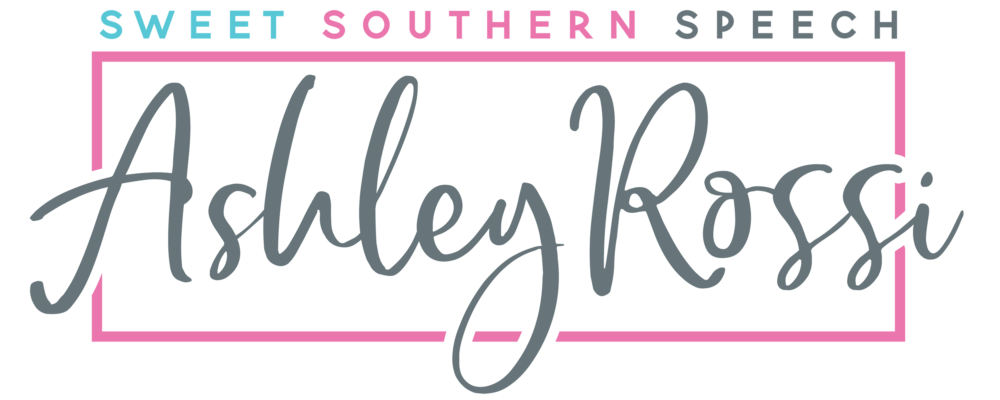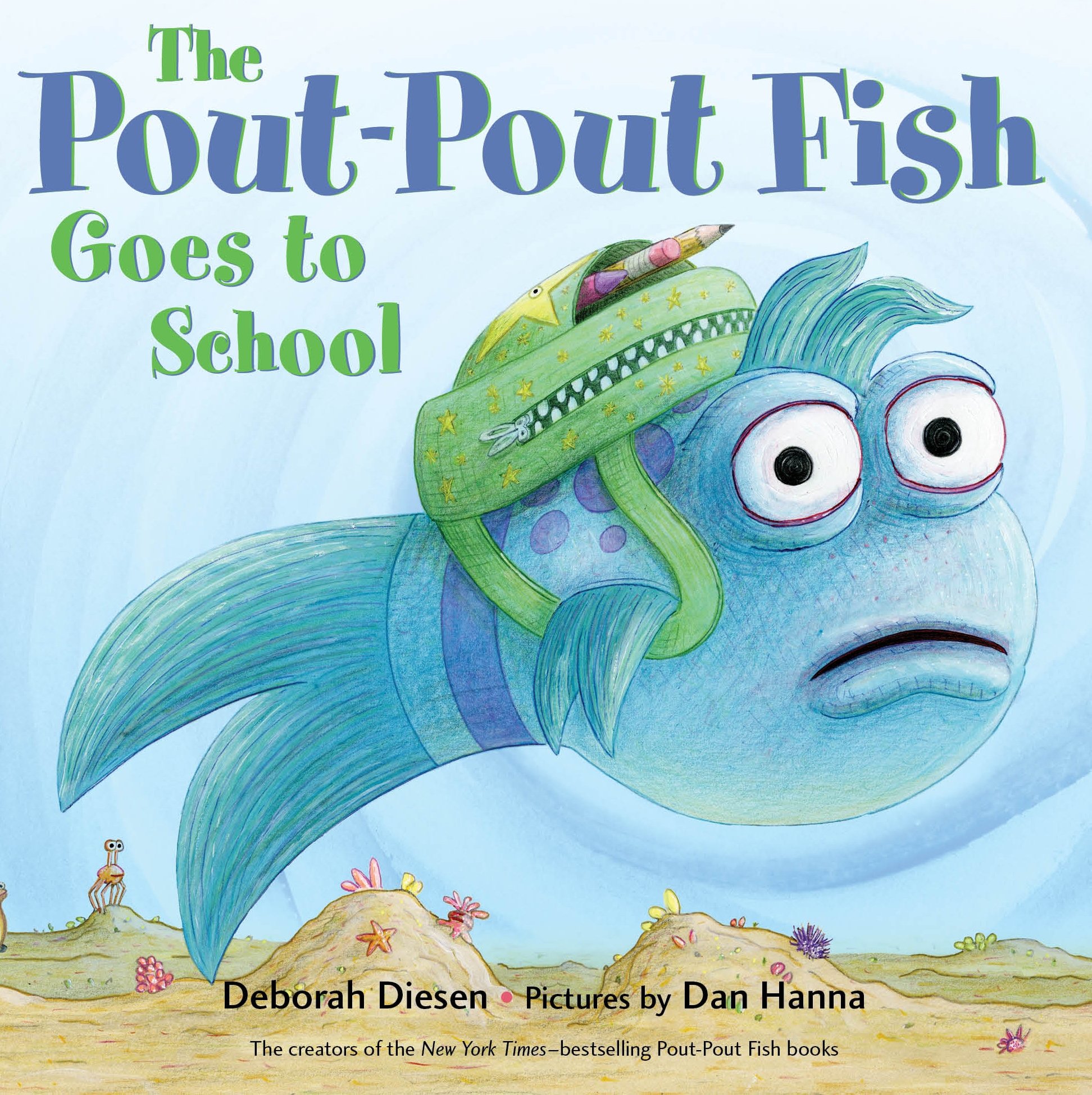Mr. Fish is nervously awaiting his first day of school, and he frets about not knowing how to write his name, how to draw shapes, and how to do math―until he’s reassured that school is the perfect place to learn how to master all of these new skills, in Pout-Pout Fish Goes to School from Deborah Diesen and Dan Hanna.
This hopeful rhyming back to school book can be used in speech therapy to address social/emotional issues like self-doubt and self-confidence. It is also great for noticing character expressions and for targeting character analysis as well as for /l/ blends, /tr/, /k/, /r/, /f/, /or/, and /g/ sounds! Discover more of the speech and language teaching concepts for using The Pout-Pout Fish Goes To School in speech therapy below:



